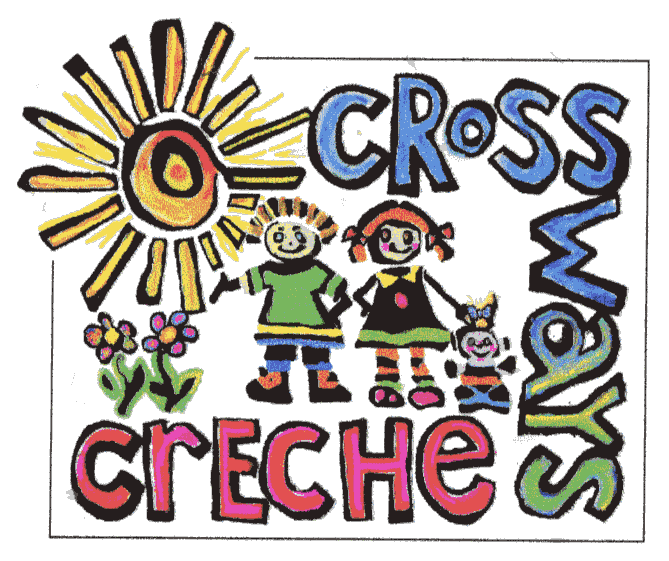Rationale: (why do we need this policy?)
Good hygiene is essential for reducing the risk of cross infection. In group settings, the high levels of physical contact between people, surfaces and objects creates a risk that children and others will be exposed to and spread infectious illness. Regular, thorough cleaning and sanitation minimises the risk of the spread of infectious diseases.
Objectives: (What do we hope to achieve?)
- To maintain a high level of hygiene throughout the centre at all times to prevent the spread of communicable diseases.
- To ensure the premises, furniture, furnishings, fittings, equipment, and materials are cleaned regularly with appropriate materials.
- To respect cultural perspectives that may inform our families’ and community’s understandings of hygiene.
Guidelines: (How will we achieve it?)
A cleaning programme should be developed clearly stating how and when equipment and areas will be cleaned. Procedures should identify:
- a responsible person,
- items, equipment, and areas that should be cleaned, and
- the method of cleaning (including cleaning and disinfecting agents and frequency of cleaning)
Surfaces and objects contaminated by biohazards/body fluids must be given special consideration when cleaning to ensure they are not only cleaned to remove visible soiling but also disinfected to remove unseen bacteria and viruses.
Linen should be laundered regularly, including:
- between use by different children,
- when soiled
- at least weekly.
If possible linen should be sun dried, otherwise tumble-dried.
Each child’s bedclothes, clothes and belongings should be kept separate.
During and following an outbreak of a disease, the frequency of cleaning or disinfecting should increase. It may also be necessary to increase the strength or change the type of the disinfectant.
To inform our understanding of safe and unsafe practices when deciding how to clean an area or object, consideration will be given to the tikanga values of tapu (sacred/forbidden/restricted) and noa (free from tapu/unrestricted).
A system should be in place that ensures cleaning equipment is well maintained and safety stored between uses. Where possible, equipment should be colour-coded and labelled to identify the appropriate tool to use in a particular area e.g. different coloured cloths used in bathroom and kitchen areas.
When choosing cleaning products, it is important to consider the product’s effectiveness to properly clean. Where possible, less toxic chemicals will be substituted.
Chemical and cleaning products are stored in locked cupboards or out of children’s reach.
Washing hands thoroughly is an effective way to reduce the risk of an illness spreading - see hand washing policy.
References Te Whariki (2017): Well-being/Mana Atua: Children experience an environment where they are kept safe from harm. Education (Early Childhood Services) Regulations 2008, Regulation, 45, HS1 Premises and contents are safe and hygienic HS2 Laundering Nga Kupu Oranga, (MoH 1998) Section B6
Approved date: August 2020 Review date: August 2023